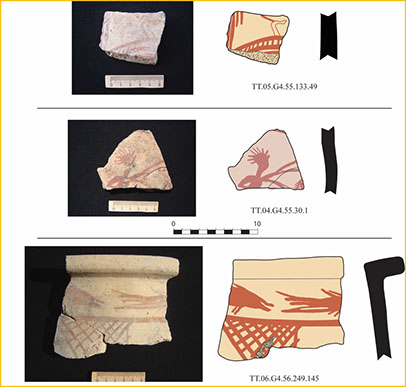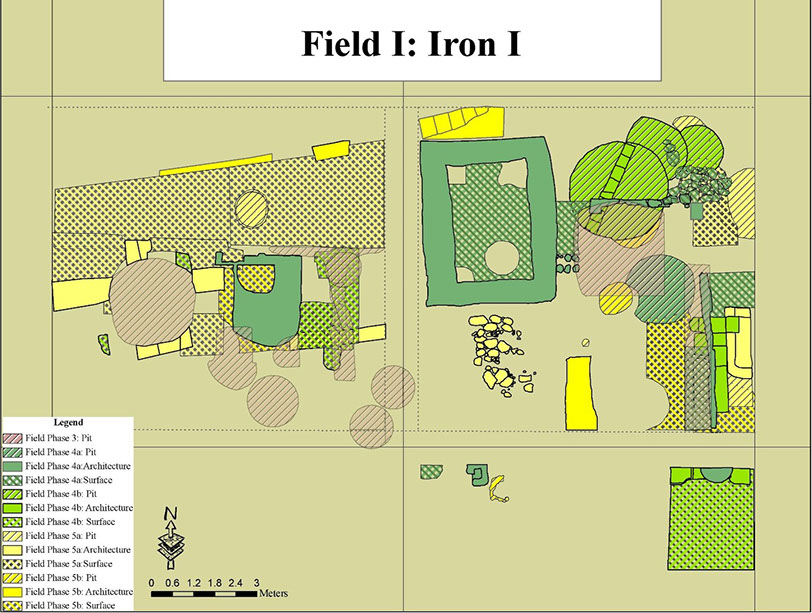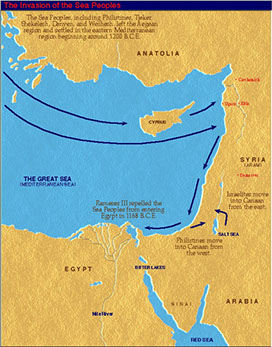
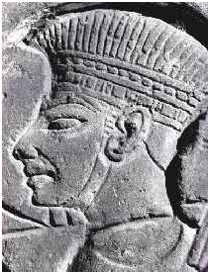
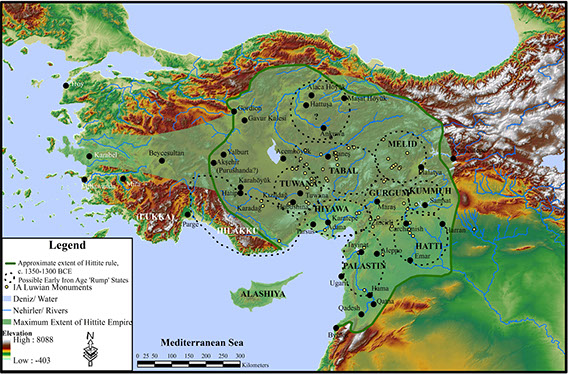
The collapse of the Late Bronze Age Empires around 1200 BCE created a political vacuum that fostered an era of prolonged regional instability in Anatolia and northwest Syria. The period, often described of as the ‘Dark Age’ of Homeric lore, has long assumed to have been dominated by political turmoil and ethnic strife. However, there is also growing evidence of cultural and political continuity in key former centers of Hittite power, such as at Karkamish. Hittite imperial control appears to have survived in the form of diminished states ruled by dynastic lines with direct ancestral links to the royal family in Hattusa. The result was a highly fragmented political landscape within which a diverse cultural and ethnic milieu was able to develop and flourish. The destruction of c. 1200 BCE are often attributed to large scale population movements, commonly involving the so-called “Sea Peoples”. These disparate groups of invaders were of Aegean origin, and settled in numerous places along the Mediterranean coasts. Among these invaders were a group known as the Peleset, who, according to Ancient Egyptian sources, settled on the Levantine coast and become known as the Philistines in the Hebrew Bible, giving their name to the region - Palestine. A group of these Peleset also settled in the Amuq alongside the local inhabitants. Out of this diverse cultural and ethnic environment emerged a new kingdom by the name of Palistin sometime in the early 12th century BCE, with Tayinat as its royal capital.
Recent research has revealed that Tayinat is mentioned in a number of Hieroglyphic Luwian inscriptions dating to the end of the second and beginning of the first millennium BCE that together point toward the existence of a large, though still poorly understood, polity centered at Tell Tayinat. Two of these inscriptions derive from the newly discovered temple of the Storm God on the Aleppo citadel, and make reference to a “Taita, the Hero, the King [of the land] of Palisitin” . Palistin, or alternatively ‘Walistin’, occurs on several additional Hieroglyphic Luwian inscriptions, including one found at Tayinat, and their distribution has been suggested to be reflective of the territorial boundaries of the kingdom ruled by Taita and his successors that stretched from the Orontes Valley northwest of Hama, north to the Amuq Plain, west to the Mediterranean coast, and east to Aleppo.
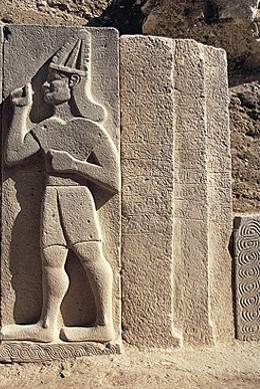
“I am King Taita, the Hero, the King of Palistin.
For my lord the Halabean Storm-God I honored the image…”

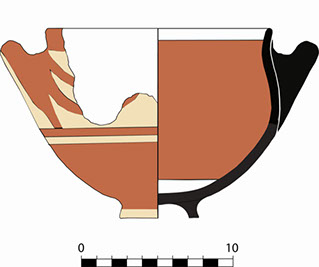

Excavations in Field one have revealed three field phases of Iron I occupation that dates approximately from the 12th to the mid eleventh centuries. Cultural remains include architectural fragments of a domestic nature, along with pits for storage and textile production. Ceramics consist of a mix of the continuation of Late Bronze Age Hittite Plain Wares, local painted wares, and locally made Aegean LH IIIC style wares. The percentage of Mycenaean wares varies throughout the different phases, but never above 22% of the collected assemblages. Iron material has been found in Fields 1, 2, 3, 4, and 5 suggesting that occupation at Tayinat in the Iron I perhaps extended across a majority of the site, reaching at a minimum of 10ha, with a possible size of 20ha, making it the largest Iron I site in the Levant.
